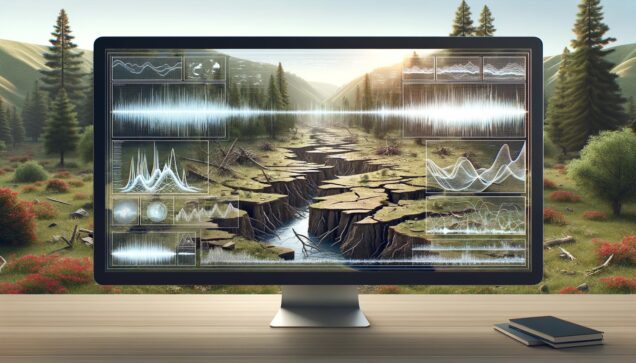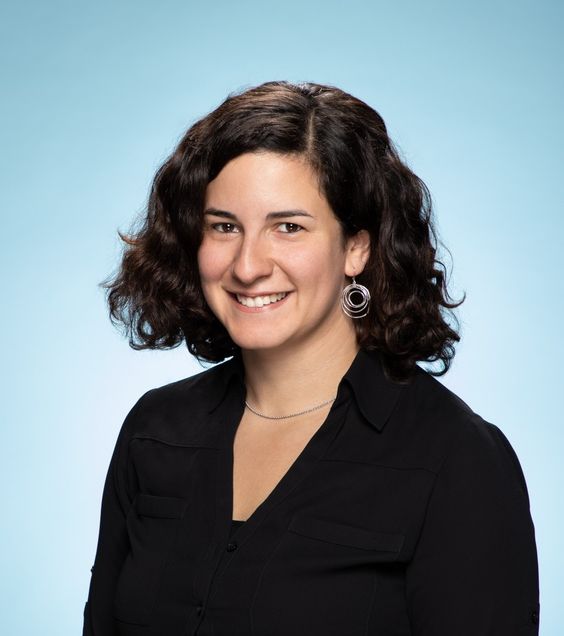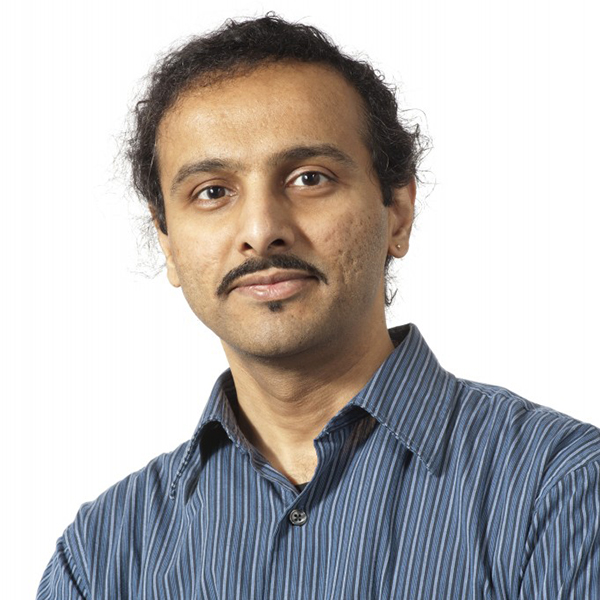AI for Understanding Earthquakes

Focused Research Program
Our Focus
The goals of the AI for Understanding Earthquakes FRP are to apply artificial intelligence (AI) to explore promising research directions and to build a foundation for further research in this area. Bringing together interdisciplinary AI and earth science experts from Boston University, Los Alamos National Laboratory (LANL), and Harvard University, this FRP will explore optimal deep learning architectures for seismic data, investigate use of video-surveillance infrastructure as an alternative to costly Earthquake Early Warning (EEW) systems, and employ machine learning to advance our understanding of earthquakes.
Focused Research Program led by:
- Brian Kulis, Associate Professor, Department of Electrical and Computer Engineering
Research Thrusts
1. Deep learning architectures for seismic data
The overarching question this thrust will explore is: “What are the best deep learning architectures for modeling and analyzing seismic data?” This thrust will explore how to adapt existing deep learning architectures, particularly those developed in the audio domain, to seismic data. Work will explore state-space models, audio encoders, time-series forecasting, and novel transformer-based language architectures for seismic data.
Thrust Leader
Core Faculty
2. Detection of Seismic Events for Early Warning using Surveillance Cameras as Sensors
This thrust asks how can we make predictions when data is less reliable or available? There exist vast geographical regions in the world where earthquakes occur frequently but no Earthquake Early Warning (EEW) system exists due to cost. This thrust will explore leveraging existing video-surveillance infrastructure to provide EEW service to under-protected areas vulnerable to devastation caused by earthquakes. Furthermore, seismologically-relevant information extracted from thousands of cameras in an area not instrumented with seismic sensors can provide rich data for understanding earthquakes and, potentially, prediction. Focusing on in-camera processing to characterize ground tremors toward, this thrust will propose study methods to extract vibration waveforms from real-life surveillance videos captured during an earthquake.
Thrust Leader
Core Faculty
3. Machine Learning for increasing our understanding of earthquakes
This thrust asks how can AI help us to understand earthquake processes better? Most machine learning in seismology has been applied to earthquake detection and improving monitoring and early warning, rather than to research into advancing our scientific understanding. Many questions remain concerning fundamental aspects of earthquake physics as well as the principal factors that influence how earthquakes nucleate and grow, and how they trigger one another. This thrust focuses on exploration of machine learning for increasing our understanding of earthquake rupture, triggering, and medium changes.
Thrust Leader
Core Faculty
Upcoming Symposium: Thurs., May 8
AI techniques are increasingly important in the study of seismic events and changes in the structure of the earth over time. For the last year, we have been undergoing a focused research project through the Hariri Institute at Boston University to develop novel approaches of using AI for understanding earthquakes. The goal of this symposium is to foster discussion around the use of machine learning and AI in the study of earthquakes, and to build new collaborations in this area. Register now.
How to get involved?
For program specific inquiries and questions, please contact FRP leader: Brian Kulis.
Faculty interested in submitting a Focused Research Programs proposal are strongly encouraged to discuss their ideas with Yannis Paschalidis, director of the Hariri Institute for Computing.
To learn more details about the Hariri Institute’s Focused Research Programs, visit here.






